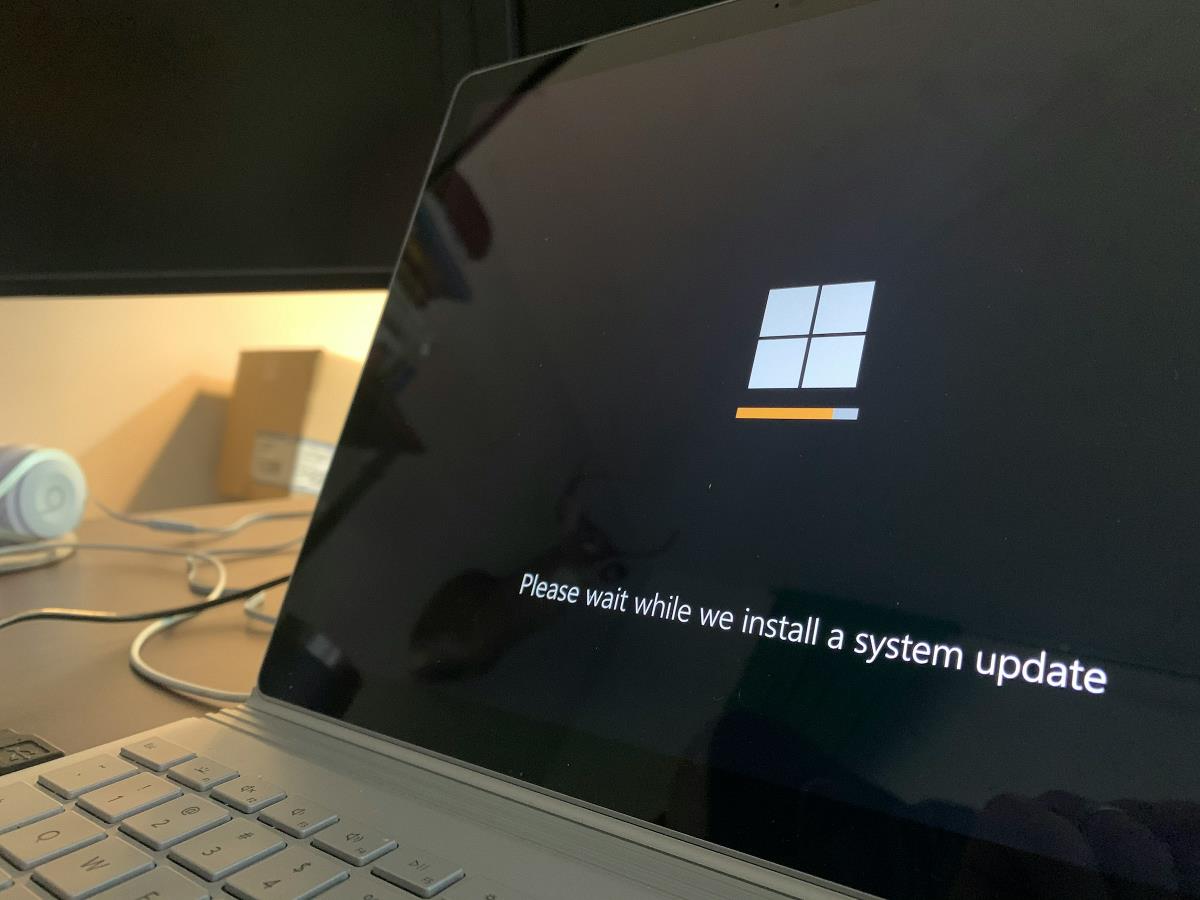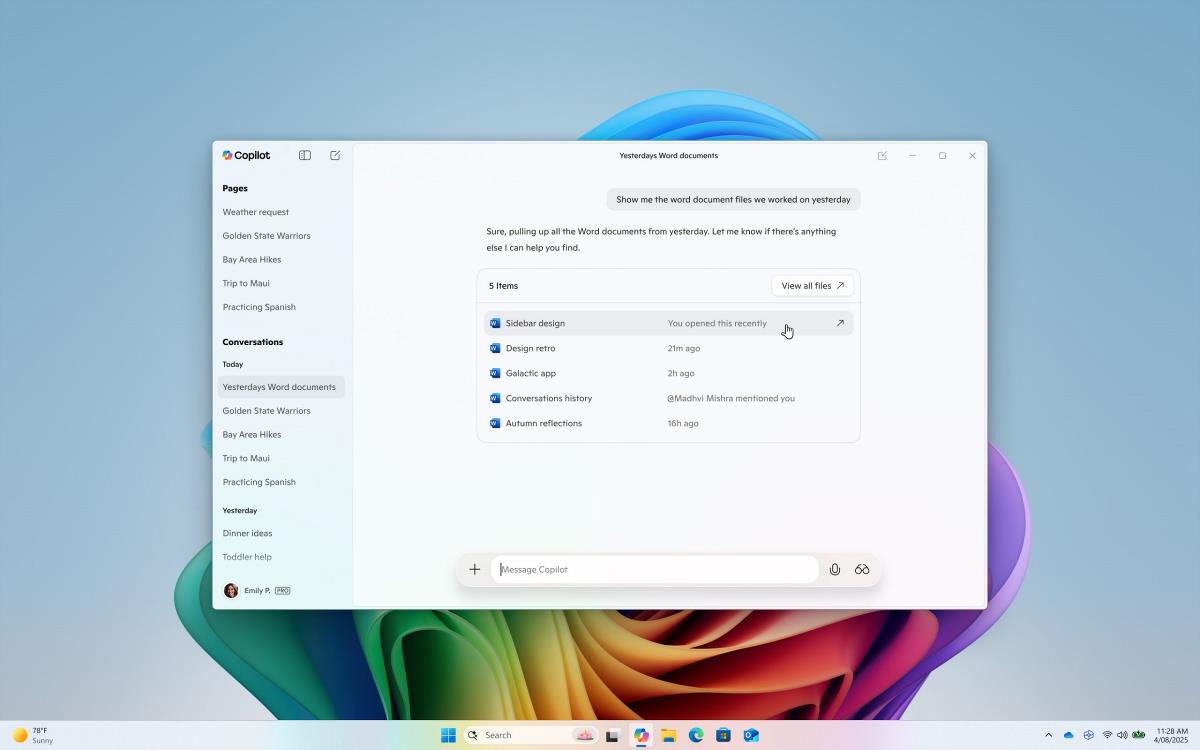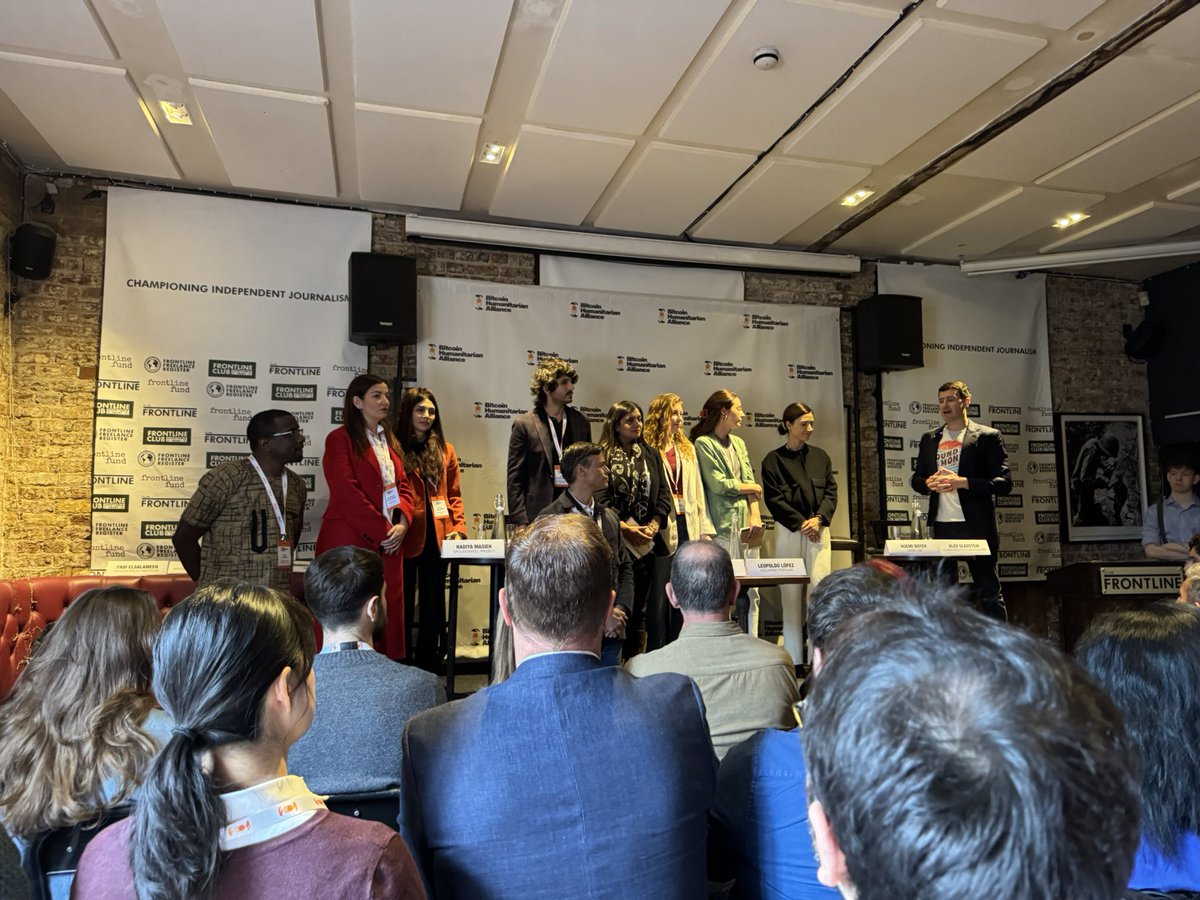Designing a successful Application Security Program: Strategies, Techniques and tools for optimal Results
AppSec is a multifaceted and robust method that goes beyond vulnerability scanning and remediation. AI powered application security A comprehensive, proactive strategy is required to incorporate security into all stages of development. The rapidly evolving threat landscape as well as the growing complexity of software architectures have prompted the necessity for a proactive, comprehensive approach. This comprehensive guide will help you understand the key elements, best practices, and cutting-edge technology that help to create the highly effective AppSec program. It helps organizations increase the security of their software assets, reduce risks, and establish a secure culture. A successful AppSec program relies on a fundamental shift in the way people think. Security must be considered as a vital part of the development process, not as an added-on feature. This paradigm shift necessitates an intensive collaboration between security teams operators, developers, and personnel, removing silos and instilling a sense of responsibility for the security of the apps that they design, deploy and maintain. In embracing the DevSecOps approach, organizations are able to integrate security into the structure of their development workflows, ensuring that security considerations are addressed from the earliest stages of ideation and design through to deployment and maintenance. This collaboration approach is based on the creation of security standards and guidelines that offer a foundation for secure code, threat modeling, and management of vulnerabilities. These policies must be based on industry best practices such as the OWASP top ten, NIST guidelines and the CWE. They should be able to take into account the specific requirements and risk specific to an organization's application as well as the context of business. These policies should be codified and made accessible to all stakeholders, so that organizations can implement a standard, consistent security policy across their entire range of applications. It is crucial to invest in security education and training programs that help operationalize and implement these guidelines. These programs must equip developers with the necessary knowledge and abilities to write secure software as well as identify vulnerabilities and apply best practices to security throughout the process of development. The course should cover a wide range of aspects, including secure coding and the most common attack vectors, as well as threat modeling and safe architectural design principles. By promoting a culture that encourages continuing education and providing developers with the tools and resources they need to incorporate security into their work, organizations can develop a strong foundation for a successful AppSec program. In addition to educating employees, organizations must also implement secure security testing and verification processes to identify and address weaknesses before they are exploited by malicious actors. This is a multi-layered process that encompasses both static and dynamic analysis methods and manual penetration tests and code review. At the beginning of the development process static Application Security Testing tools (SAST) can be utilized to detect vulnerabilities like SQL Injection, Cross-Site Scripting (XSS) and buffer overflows. Dynamic Application Security Testing tools (DAST), on the other hand, can be used to simulate attacks against running applications to identify vulnerabilities that might not be identified by static analysis. Although these automated tools are vital to detect potential vulnerabilities on a large scale, they're not an all-purpose solution. manual penetration testing performed by security experts is equally important to uncovering complex business logic-related flaws that automated tools may miss. Combining automated testing with manual validation, organizations can gain a comprehensive view of the application security posture. It also allows them to prioritize remediation efforts according to the level of vulnerability and the impact it has on. Businesses should take advantage of the latest technologies like artificial intelligence and machine learning to increase their capabilities in security testing and vulnerability assessment. AI-powered tools are able to look over large amounts of data from applications and code and identify patterns and anomalies that could indicate security concerns. These tools can also improve their detection and prevention of emerging threats by learning from past vulnerabilities and attack patterns. One particular application that is highly promising for AI within AppSec is using code property graphs (CPGs) to provide more accurate and efficient vulnerability identification and remediation. CPGs provide a rich and semantic representation of an application's codebase, capturing not just the syntactic structure of the code, but additionally the intricate connections and dependencies among differe
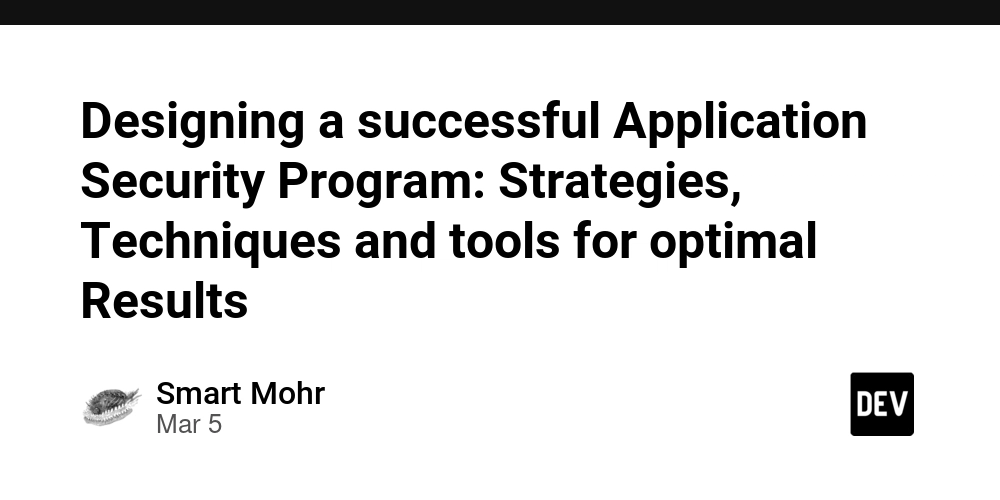
AppSec is a multifaceted and robust method that goes beyond vulnerability scanning and remediation. AI powered application security A comprehensive, proactive strategy is required to incorporate security into all stages of development. The rapidly evolving threat landscape as well as the growing complexity of software architectures have prompted the necessity for a proactive, comprehensive approach. This comprehensive guide will help you understand the key elements, best practices, and cutting-edge technology that help to create the highly effective AppSec program. It helps organizations increase the security of their software assets, reduce risks, and establish a secure culture.
A successful AppSec program relies on a fundamental shift in the way people think. Security must be considered as a vital part of the development process, not as an added-on feature. This paradigm shift necessitates an intensive collaboration between security teams operators, developers, and personnel, removing silos and instilling a sense of responsibility for the security of the apps that they design, deploy and maintain. In embracing the DevSecOps approach, organizations are able to integrate security into the structure of their development workflows, ensuring that security considerations are addressed from the earliest stages of ideation and design through to deployment and maintenance.
This collaboration approach is based on the creation of security standards and guidelines that offer a foundation for secure code, threat modeling, and management of vulnerabilities. These policies must be based on industry best practices such as the OWASP top ten, NIST guidelines and the CWE. They should be able to take into account the specific requirements and risk specific to an organization's application as well as the context of business. These policies should be codified and made accessible to all stakeholders, so that organizations can implement a standard, consistent security policy across their entire range of applications.
It is crucial to invest in security education and training programs that help operationalize and implement these guidelines. These programs must equip developers with the necessary knowledge and abilities to write secure software as well as identify vulnerabilities and apply best practices to security throughout the process of development. The course should cover a wide range of aspects, including secure coding and the most common attack vectors, as well as threat modeling and safe architectural design principles. By promoting a culture that encourages continuing education and providing developers with the tools and resources they need to incorporate security into their work, organizations can develop a strong foundation for a successful AppSec program.
In addition to educating employees, organizations must also implement secure security testing and verification processes to identify and address weaknesses before they are exploited by malicious actors. This is a multi-layered process that encompasses both static and dynamic analysis methods and manual penetration tests and code review. At the beginning of the development process static Application Security Testing tools (SAST) can be utilized to detect vulnerabilities like SQL Injection, Cross-Site Scripting (XSS) and buffer overflows. Dynamic Application Security Testing tools (DAST), on the other hand, can be used to simulate attacks against running applications to identify vulnerabilities that might not be identified by static analysis.
Although these automated tools are vital to detect potential vulnerabilities on a large scale, they're not an all-purpose solution. manual penetration testing performed by security experts is equally important to uncovering complex business logic-related flaws that automated tools may miss. Combining automated testing with manual validation, organizations can gain a comprehensive view of the application security posture. It also allows them to prioritize remediation efforts according to the level of vulnerability and the impact it has on.
Businesses should take advantage of the latest technologies like artificial intelligence and machine learning to increase their capabilities in security testing and vulnerability assessment. AI-powered tools are able to look over large amounts of data from applications and code and identify patterns and anomalies that could indicate security concerns. These tools can also improve their detection and prevention of emerging threats by learning from past vulnerabilities and attack patterns.
One particular application that is highly promising for AI within AppSec is using code property graphs (CPGs) to provide more accurate and efficient vulnerability identification and remediation. CPGs provide a rich and semantic representation of an application's codebase, capturing not just the syntactic structure of the code, but additionally the intricate connections and dependencies among different components. AI-driven tools that leverage CPGs are able to conduct a deep, context-aware analysis of the security of an application. They can identify security holes that could have been missed by traditional static analyses.
Furthermore, CPGs can enable automated vulnerability remediation through the use of AI-powered repair and code transformation. By understanding the semantic structure of the code, as well as the nature of the identified vulnerabilities, AI algorithms can generate specific, contextually-specific solutions that target the root of the issue instead of simply treating symptoms. appsec with AI This technique not only speeds up the removal process but also decreases the possibility of breaking functionality, or introducing new vulnerability.
Another crucial aspect of an efficient AppSec program is the incorporation of security testing and validation into the continuous integration and continuous deployment (CI/CD) process. Automating security checks and integration into the build-and deployment process allows organizations to spot vulnerabilities earlier and block them from reaching production environments. The shift-left security approach can provide faster feedback loops and reduces the amount of time and effort required to discover and fix vulnerabilities.
In order for organizations to reach the required level, they need to invest in the right tools and infrastructure to help enable their AppSec programs. This includes not only the security tools but also the underlying platforms and frameworks that enable seamless integration and automation. Containerization technologies like Docker and Kubernetes play an important role in this respect, as they provide a reproducible and reliable setting for testing security and isolating vulnerable components.
In addition to technical tooling effective tools for communication and collaboration are vital to creating a culture of security and enabling cross-functional teams to effectively collaborate. Jira and GitLab are issue tracking systems that can help teams manage and prioritize security vulnerabilities. Chat and messaging tools like Slack and Microsoft Teams facilitate real-time knowledge sharing and communication between security experts.
Ultimately, the effectiveness of the success of an AppSec program is not just on the tools and technology employed but also on the employees and processes that work to support the program. To build a culture of security, you must have an unwavering commitment to leadership with clear communication and an ongoing commitment to improvement. Companies can create an environment where security is not just a checkbox to check, but an integral aspect of growth by encouraging a sense of accountability as well as encouraging collaboration and dialogue offering resources and support and promoting a belief that security is an obligation shared by all.
To ensure long-term viability of their AppSec program, businesses must be focusing on creating meaningful measures and key performance indicators (KPIs) to measure their progress and identify areas for improvement. The metrics must cover the entirety of the lifecycle of an app including the amount and types of vulnerabilities that are discovered in the initial development phase to the time it takes for fixing issues to the overall security position. By constantly monitoring and reporting on these metrics, organizations can prove the worth of their AppSec investments, spot patterns and trends, and make data-driven decisions regarding the best areas to focus on their efforts.
To keep up with the constantly changing threat landscape and emerging best practices, businesses need to engage in continuous education and training. multi-agent approach to application security It could involve attending industry conferences, taking part in online courses for training and collaborating with security experts from outside and researchers to stay on top of the latest developments and techniques. By cultivating an ongoing training culture, organizations will ensure that their AppSec programs are flexible and resistant to the new threats and challenges.
It is important to realize that security of applications is a continuous procedure that requires continuous commitment and investment. https://www.youtube.com/watch?v=WoBFcU47soU As new technologies emerge and development practices evolve, organizations must continually reassess and review their AppSec strategies to ensure that they remain effective and aligned with their goals for business. By adopting a strategy of continuous improvement, encouraging collaboration and communication, as well as leveraging the power of modern technologies like AI and CPGs, businesses can establish a robust, adaptable AppSec program which not only safeguards their software assets, but enables them to develop with confidence in an ever-changing and ad-hoc digital environment. threat analysis tools
AI powered application security

























































































































































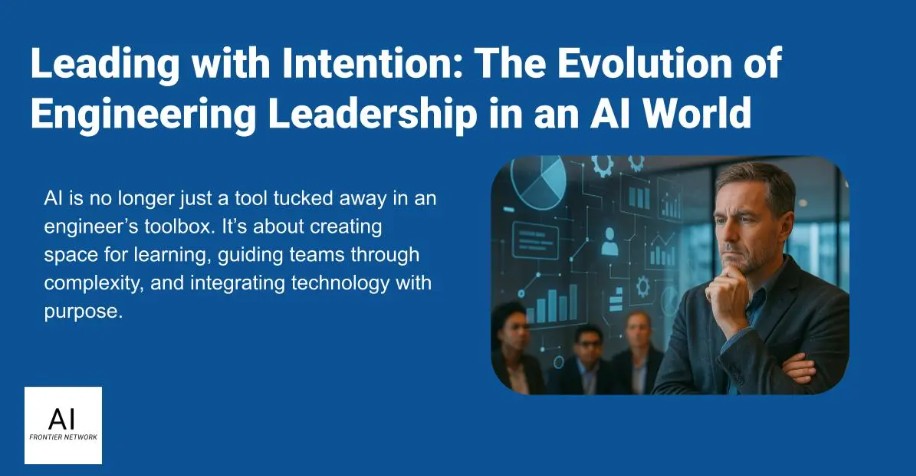
















![[The AI Show Episode 143]: ChatGPT Revenue Surge, New AGI Timelines, Amazon’s AI Agent, Claude for Education, Model Context Protocol & LLMs Pass the Turing Test](https://www.marketingaiinstitute.com/hubfs/ep%20143%20cover.png)




















































































































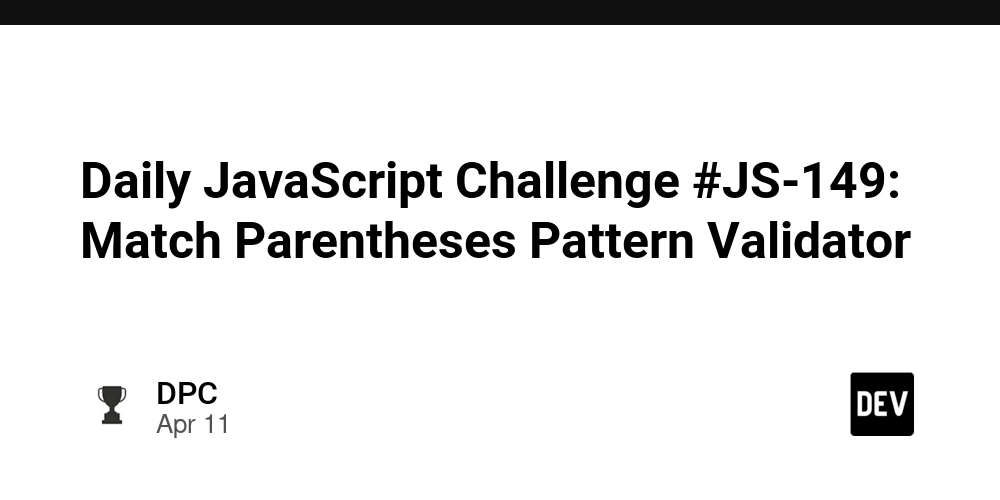

























































































































































.png?#)

















































































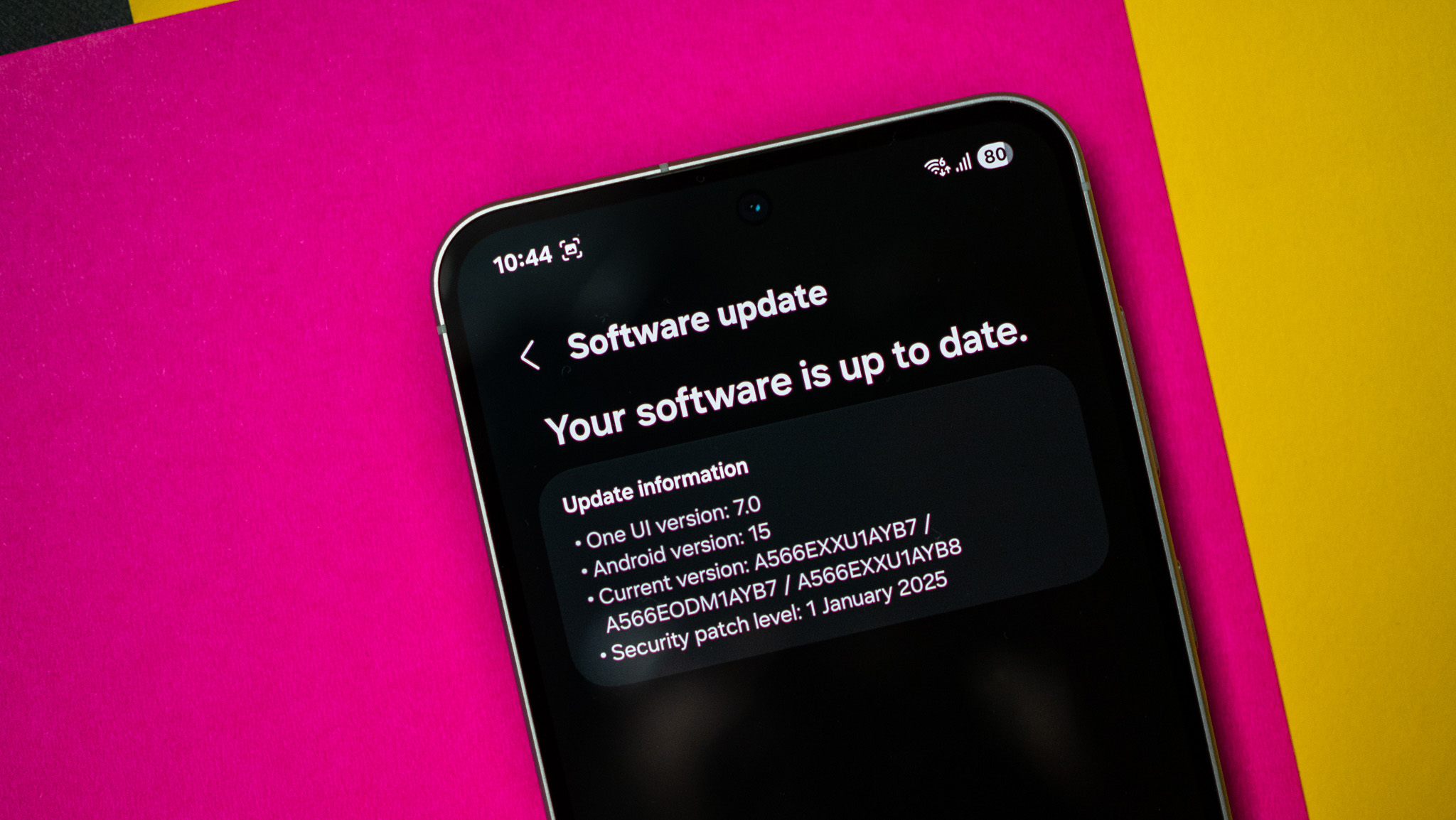




















![Beats Studio Buds + On Sale for $99.95 [Lowest Price Ever]](https://www.iclarified.com/images/news/96983/96983/96983-640.jpg)


![Apple Watch to Get visionOS Inspired Refresh, Apple Intelligence Support [Rumor]](https://www.iclarified.com/images/news/96976/96976/96976-640.jpg)



















